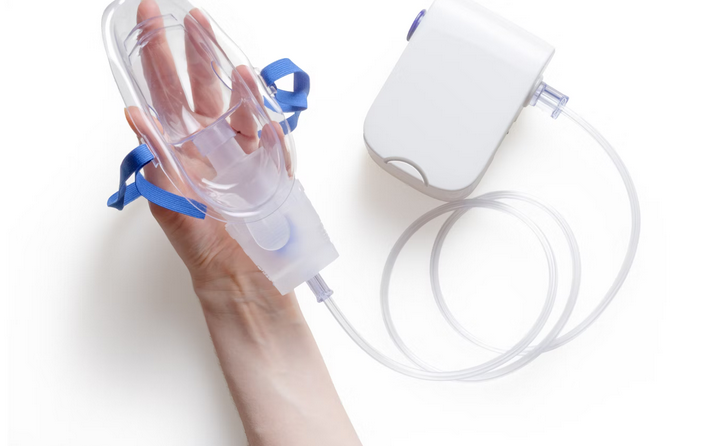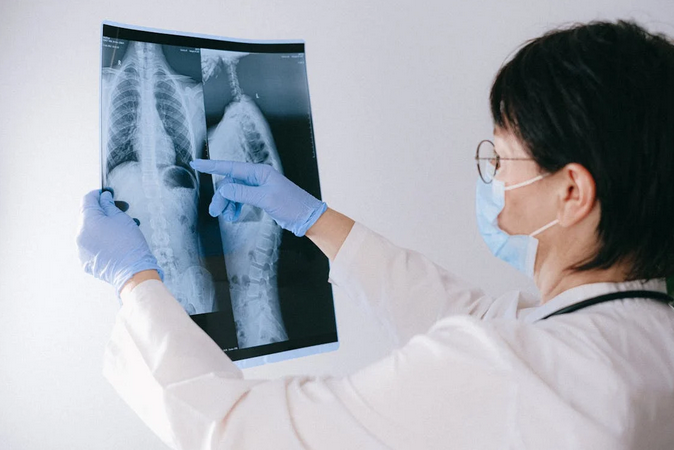Every day, construction workers have to risk their lives, facing a variety of hazards, from heavy machinery to slippery surfaces. But one silent threat often lurks in the background: silica dust. This fine, crystalline substance is found in materials like concrete and stone. When inhaled, it can cause serious health issues that many people may not even be aware of.
As the industry pushes for greater efficiency and productivity, safety protocols sometimes take a backseat. That’s why silica awareness training is a must so that workers understand the hidden risks associated with silica dust, which is crucial for every worker on site. Ignoring this invisible danger could lead to severe and potentially life-altering consequences down the road. So, what are those risks? Here is the answer.
Silicosis
The first health problem caused by inhaling silica dust is silicosis. This condition can develop over time, often going unnoticed until significant damage occurs. Workers exposed to silica regularly may breathe in tiny particles that lodge deep within the lungs. The body struggles to eliminate these particles, leading to chronic inflammation and scarring. Silicosis has three categories: chronic, accelerated, and acute. Chronic silicosis can take years or decades to manifest symptoms like coughing and shortness of breath.
In contrast, accelerated silicosis can develop within 5-10 years of exposure to high levels of silica. Acute silicosis is the most dangerous form and can arise after only months of intense exposure. Symptoms appear suddenly and severely compromise lung function. Understanding this disease’s progression emphasizes the importance of protective measures on construction sites.
Chronic Obstructive Pulmonary Disease (COPD)

Exposure to silica dust, along with other harmful particles, can also lead to COPD. COPD encompasses various respiratory issues, leading to breathing difficulties over time. Symptoms include chronic cough, wheezing, and shortness of breath—each worsening with continued exposure. The link between silica dust and COPD is significant. Inhalation of fine particles can cause inflammation in the airways. This inflammation may lead to progressive damage if left unaddressed. Awareness plays a key role in prevention and early intervention strategies.
Lung Cancer
Lung cancer is a severe risk for construction workers exposed to silica dust. Fine particles inhaled into your lungs can trigger various cellular changes in the lungs, increasing the likelihood of malignant growth. Studies have shown that prolonged exposure significantly raises the chances of developing this disease. Often, symptoms do not appear until the later stages, making early detection challenging. Protective measures like wearing masks and ensuring proper ventilation at job sites can help mitigate these risks. Staying informed about safe practices is vital for long-term health in an industry where safety often takes a backseat.

Kidney Disease
Silica dust isn’t just a respiratory threat; it can also wreak havoc on your kidneys. When inhaled, the tiny particles can enter the bloodstream and affect organ function. The kidneys are crucial for filtering waste and maintaining fluid balance. Exposure to silica dust may lead to inflammation in these vital organs. Over time, this damage could contribute to chronic kidney disease. Construction workers often work long hours in dusty environments without adequate protection. This negligence increases their risk significantly. Symptoms might not show up until it’s too late, making regular health check-ups essential.
Being informed about these risks empowers construction workers to advocate for safer working conditions. Awareness leads to better protective measures on-site, ultimately reducing the incidence of these severe health problems among those who build our world every day.




